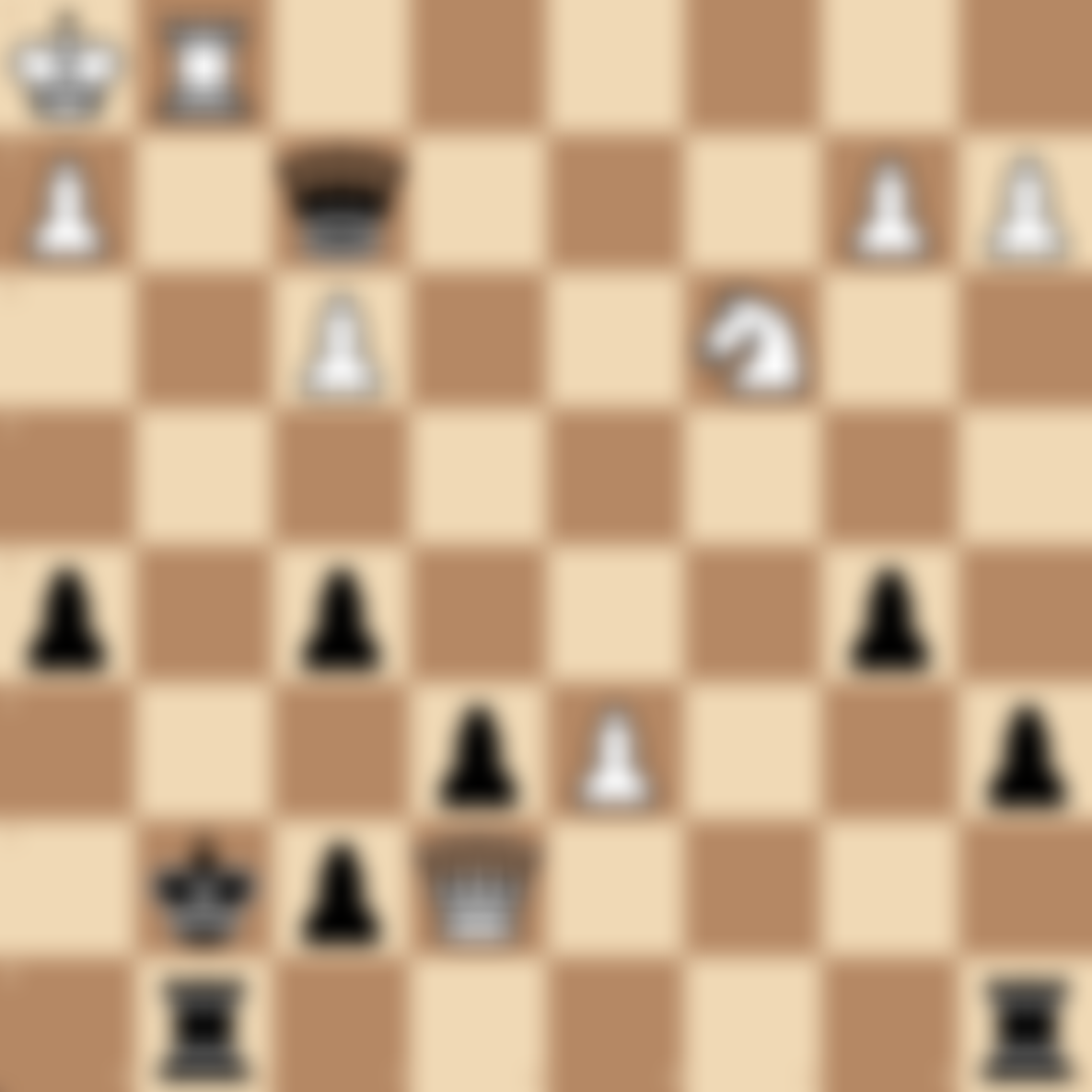Mate in One: The Ultimate Chess Tactic
Table of Contents
- Introduction
- What is a Mate in One?
- Importance of Recognizing Mate in One Opportunities
- Common Mate in One Patterns
- How to Spot Mate in One Opportunities
- Defending Against Mate in One Threats
- Mate in One vs Checkmate
- Practice Mate in One Puzzles
- FAQs
Introduction
In the world of chess tactics, few moves are as decisive and satisfying as delivering a mate in one. At chesspuzzles.io, we've crafted this comprehensive guide to help you master the art of recognizing and executing these game-ending moves, as well as defending against them when you're on the receiving end.
What is a Mate in One?
A mate in one is a chess position where a player can deliver checkmate with a single move. It represents the ultimate tactical opportunity in chess, instantly winning the game regardless of the material balance or positional considerations.
Importance of Recognizing Mate in One Opportunities
Understanding and spotting mate in one chances is crucial for several reasons:
- Instant victory: Executing a mate in one immediately wins the game.
- Time management: Recognizing these opportunities quickly can save valuable time in timed games.
- Defensive awareness: Knowing common patterns helps you avoid falling victim to mate in one threats.
- Tactical foundation: Mate in one patterns often form the basis for more complex mating combinations.
Common Mate in One Patterns
- Back Rank Mate: Delivering checkmate along the back rank, often with a rook or queen.
- Smothered Mate: A knight delivers checkmate to a king surrounded by its own pieces.
- Queen Sacrifice Mate: Sacrificing the queen to expose the enemy king to a mating attack.
- Pawn Promotion Mate: Promoting a pawn to deliver an immediate checkmate.
- Discovered Check Mate: Moving a piece to both deliver check and reveal an attack from another piece.
How to Spot Mate in One Opportunities
- Always be aware of your opponent's king position and its escape squares.
- Look for pieces that can deliver check and cut off escape routes simultaneously.
- Consider all your pieces, including pawns, as potential mating pieces.
- Pay attention to your opponent's back rank, especially if their king is castled.
- Look for opportunities to exploit pinned pieces that can't move to defend against mate.
Defending Against Mate in One Threats
- Always consider your opponent's threats after each move.
- Ensure your king has escape squares or can be defended by your pieces.
- Be cautious of back rank weaknesses, especially after castling.
- Don't ignore seemingly harmless checks – they might be setting up a mate in one.
- Create luft (an escape square) for your king when necessary.
Mate in One vs Checkmate
While related, these terms have distinct meanings:
- Mate in One: A position where checkmate can be delivered in the very next move.
- Checkmate: The actual position where the king is in check and has no legal moves to escape, ending the game.
Understanding this distinction is crucial for precise tactical thinking and communication in chess.
Practice Mate in One Puzzles
Sharpen your mate in one skills with our extensive collection of puzzles:
Try our Mate in One Puzzles on chesspuzzles.io now
These interactive puzzles are designed to improve your pattern recognition and tactical awareness for mate in one positions.
FAQs
Q: How common are mate in one opportunities in real games? A: Mate in one opportunities are relatively rare in high-level play but occur more frequently in games between beginners and intermediate players.
Q: Can a mate in one involve multiple pieces? A: Yes, while the mating move is made by one piece, it often relies on the positioning and support of other pieces to cut off escape squares.
Q: Is it possible to have a mate in one with just a king and a pawn? A: Yes, in rare cases a pawn can deliver mate in one, usually by promoting to a queen or rook.
Q: How can I improve my ability to spot mate in one opportunities? A: Regular practice with mate in one puzzles on chesspuzzles.io, analyzing your games, and studying common mating patterns can significantly improve your skills.
Q: Are there any famous chess games that ended with a surprising mate in one? A: Yes, one famous example is the game between Edward Lasker and Sir George Thomas in 1912, where Lasker delivered a spectacular queen sacrifice followed by a mate in one with his king.
Master the art of mate in one to add a devastating weapon to your chess arsenal! Ready to test your skills? Try our Mate in One Puzzles on chesspuzzles.io now and experience the thrill of delivering game-ending moves!
